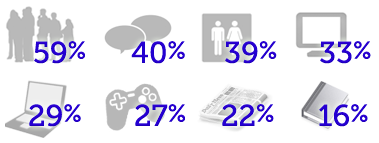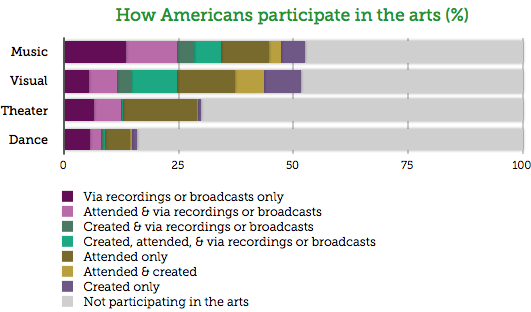Community Embraces New Word Game at Mid-Year Play Day This past Sunday, families at Takoma Park’s Seventh Annual Mid-Year Play Day had the opportunity to experience OtherWordly for the first time. Our educational language game drew curious children and parents to our table throughout the afternoon. Words in Space Several children gathered around our iPads […]
Read moreTag: study
 What was once prohibitively complex and expensive can now be done inexpensively with online testing services. Testing will uncover problems that are confusing for your audience. Here’s a list of vendors to start your research process, and some suggestions.
What was once prohibitively complex and expensive can now be done inexpensively with online testing services. Testing will uncover problems that are confusing for your audience. Here’s a list of vendors to start your research process, and some suggestions.
Three suggestions
For a real-world example on a recent project, designer Ben Snyder said on his blog, “the purpose of the user test is to get feedback about the new design to understand if there are any parts of the website that are confusing to users, and to test the site for hidden bugs that might prevent a user from getting the information they need” or prevent them from completing actions on the site. (more…)
Smartphones (e.g., the iPhone or Android) are commonplace, and education outreach projects need make use of this reality. People use their smartphones while doing all kinds of things. For example:

(Left to right, top: while waiting in line, socializing, in the bathroom, while watching TV; bottom: while using a computer, playing video games, reading a paper, or a book.)
The most common place to use a smartphones is at home (93% of smartphone owners), but people use their smartphones all kinds of places: (more…)
 Open access means that readers have free access. But who pays for the operational costs of running a publication? Often it’s the authors, though there are several common business models.
Open access means that readers have free access. But who pays for the operational costs of running a publication? Often it’s the authors, though there are several common business models.
How much are authors paying? What do they think about it? And what are some other business models to sustain journals and other kinds of digital content? (more…)
 Open access journals are transforming how researchers share information, and how the public can access it. They are peer reviewed journals which are digital, online, free of charge, and free of most copyright and licensing restrictions.
Open access journals are transforming how researchers share information, and how the public can access it. They are peer reviewed journals which are digital, online, free of charge, and free of most copyright and licensing restrictions.
Open access journals are now commonplace. As of last lear, nearly 10% of scholarly articles were published in open access journals. There are now currently over 7500 open access journals, according to the Directory of Open Access Journals (DOAJ), which indexes freely available, peer-reviewed journals that don’t have an embargo period (see criteria). (more…)
Computers and the internet are an increasingly important way that Americans engage in the arts, says a new report from the National Endowment for the Arts. The first bar in the chart below is people consuming recorded or broadcast content:

In 2008, IDEA conducted a study about online experiences. The report (download PDF here) outlines key findings from surveys that explored factors that drive online experience as expressed by the three different subject groups – nonprofit organizations and cities, web designers and firms, and the general public. (more…)
Author: Patrick Parnaby Avoiding survey pitfalls can help ensure success. Simplifying Surveys Whenever possible, keep your survey simple. Long, complicated surveys often cause participants to give up. If you need more detailed information, consider using two different surveys. One can be a simple overview of the content you need to evaluate and can be widely

